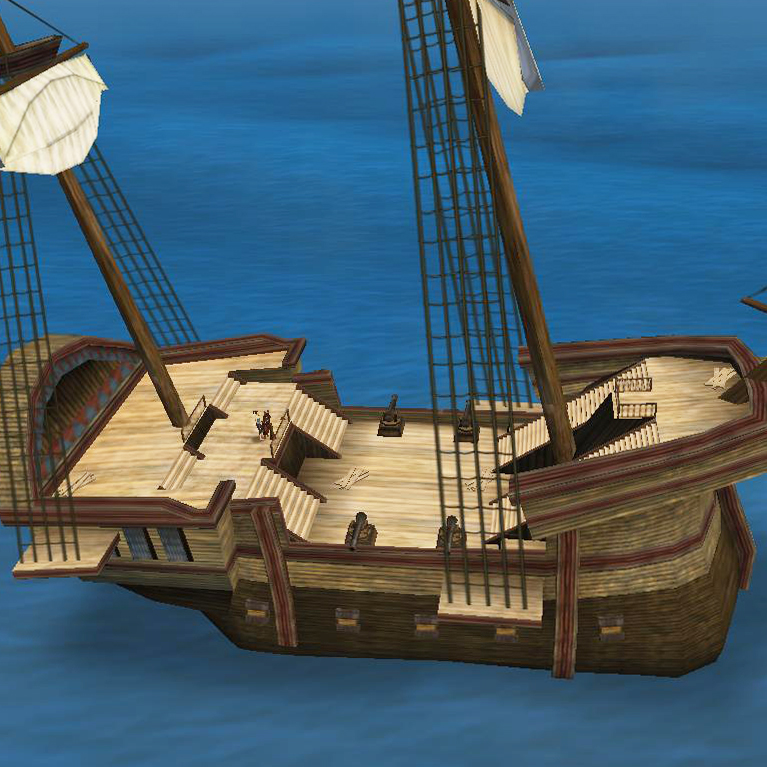

“The last few timbers, I ended up staying behind to get those bundled up so I had to swim out to the jet ski because I got trapped where I couldn’t get out any other way,” archaeologist Stacy Scott tells KPTV Fox 12 Oregon.Īccording to a separate Oregon Coast Beach Connection report, the Santo Cristo de Burgos likely ran aground in shallow water, which rarely preserves shipwrecks. MAS archaeologists, staff from cultural resource management firm SEARCH Inc., and representatives of the Oregon Parks and Recreation Department and local sheriff’s offices secured the timbers in just 90 minutes, wrapping up the expedition before high tide. Thanks to weather- and Covid-related delays, the official recovery mission-funded in part by the National Geographic Society-didn’t take place until June 13. They confirmed Andes’ suspicions that summer but were unable to retrieve the pieces, as the caves are only accessible via water or a dangerous rock scramble.Īn unidentified man holds a piece of beeswax that washed ashore in 1955

Then, however, testing revealed that the timbers came from an Asian tropical hardwood felled in the mid- to late- 17th century-a result that prompted Williams and his colleagues to take a closer look at the caves. “To think that 300-year-old ship timbers could survive the Oregon coast was just crazy.”

“I was convinced it was driftwood,” the society’s president, Scott Williams, tells National Geographic. Initially, the MAS team was skeptical of Andes’ discovery. He’d first noticed the pieces of wood while exploring sea caves near the beach town of Manzanita in 2013 but only decided to bring in experts after realizing that the smaller fragments were on the verge of being swept away. The find makes the vessel one of only three Manila galleons identified on the North American West Coast, as well as one of just three in the world with surviving wood pieces, per the Oregon Coast Beach Connection.įisherman Craig Andes brought the hull fragments to the society’s attention in early 2020, just before the Covid-19 pandemic. Last week, reports Kristin Romey for National Geographic, a team spearheaded by the Maritime Archaeological Society (MAS) successfully recovered a dozen timbers from the Santo Cristo de Burgos’ wooden hull. In 1813 or 1814, fur trader Alexander Henry detailed how members of the Clatsop tribe frequently exchanged “lumps of beeswax, fresh out of the sand, which they collect on the coast … where the Spanish ship was cast away some years ago.” The fate of the ship’s crew is unclear, but Indigenous oral histories suggest that some survived the disaster.ĭespite widespread interest in the 17th-century ship, tangible evidence of the so-called “ Beeswax Wreck” remained elusive until recently. Over the next two centuries or so, explorers, merchants, Indigenous peoples, scholars and curious locals alike traded stories about the fabled wreck, which was “occasionally visible” along the Oregon shoreline, according to the Oregon Encyclopedia’s Cameron La Follette. Instead, the vessel ended up shipwrecked off the coast of Oregon, becoming one of roughly 3,000 ships lost in the region to date. But the ship-and its valuable cargo-never reached its destination. In 1693, the Santo Cristo de Burgos, a Manila galleon loaded with silk, porcelain and beeswax, set sail from the Philippines on a trading expedition to Mexico.


 0 kommentar(er)
0 kommentar(er)
